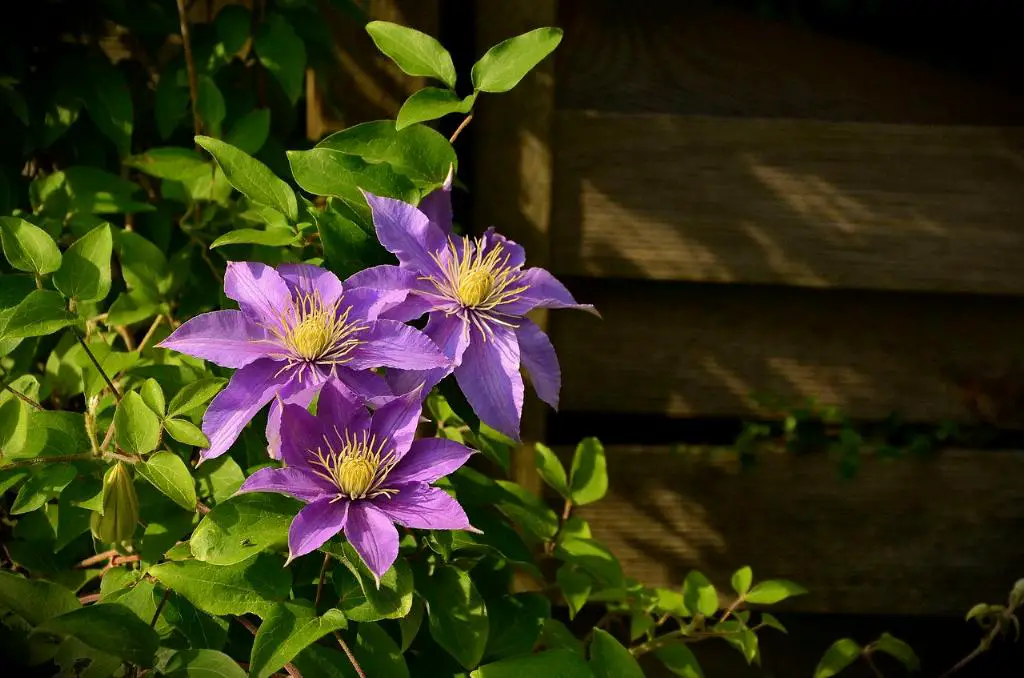One of the most disheartening experiences for a gardener is nurturing a clematis plant with love and care, only to find it not blooming as expected. When facing the dilemma of why your clematis is not flowering, there are several factors to consider.
Incorrect Growing Conditions
The most common reason for a clematis failing to bloom is unsuitable growing conditions. Clematis thrive in moisture-retentive yet well-drained soil. Ensure that your clematis is located in an area with adequate sunlight and good air circulation.
Improper Pruning Techniques
Another factor that can hinder the blooming of your clematis is improper pruning. Different types of clematis require specific pruning methods based on their flowering habits. Ensure you are pruning your clematis at the correct time and in the right manner to encourage healthy blooming.
Lack of Nutrients
If your clematis is not receiving the necessary nutrients, it may struggle to produce blooms. Ensure that you are fertilizing your clematis appropriately, providing it with a balanced fertilizer that promotes flowering.
Overcrowding and Competition
Clematis plants can be affected by overcrowding and competition from other plants. Ensure that your clematis has enough space to grow and that it is not competing with aggressive species for nutrients and sunlight.
Improper Watering Practices
Inconsistent watering or overwatering can stress your clematis plant, leading to a lack of blooms. Ensure that you are watering your clematis consistently, allowing the soil to dry slightly between waterings.
Pest and Disease Infestation
Pests and diseases can also impact the blooming of your clematis. Be vigilant for common clematis pests such as aphids and spider mites, as well as diseases like powdery mildew. Treat any infestations promptly to prevent them from affecting flower production.
Age of the Plant
It is essential to consider the age of your clematis plant when assessing its blooming potential. Younger plants may take some time to establish themselves before producing abundant blooms. Be patient and continue to care for your clematis as it matures.
Environmental Stress
Environmental factors such as extreme temperatures or sudden changes in weather can stress your clematis plant, affecting its blooming capabilities. Ensure that your clematis is protected from harsh conditions and that it is provided with a stable growing environment.
Root Damage
If your clematis is not blooming, it may be due to root damage. Inspect the root system of your plant for any signs of rot or damage. Ensure that your clematis is planted at the correct depth and that its roots are healthy and undisturbed.
Genetic Factors
Lastly, it is essential to recognize that some clematis varieties are naturally less prolific bloomers than others. If you have confirmed that your plant is receiving adequate care and yet still fails to bloom, it may simply be a matter of its genetic makeup.
Conclusion
When troubleshooting why your clematis is not blooming, consider the various factors that may be influencing its flower production. By addressing issues such as growing conditions, pruning practices, nutrient levels, and pest management, you can help your clematis thrive and achieve its full blooming potential.

